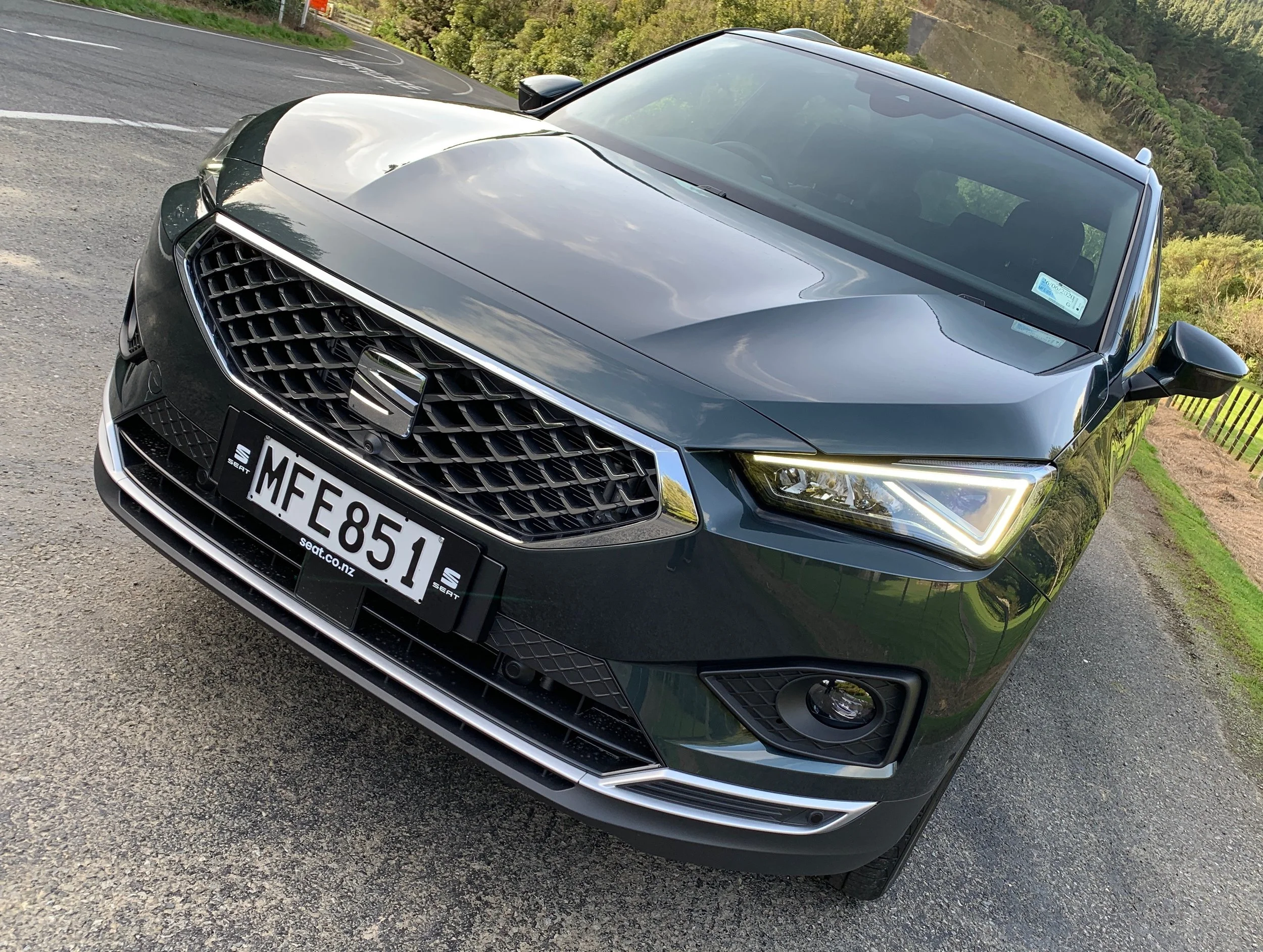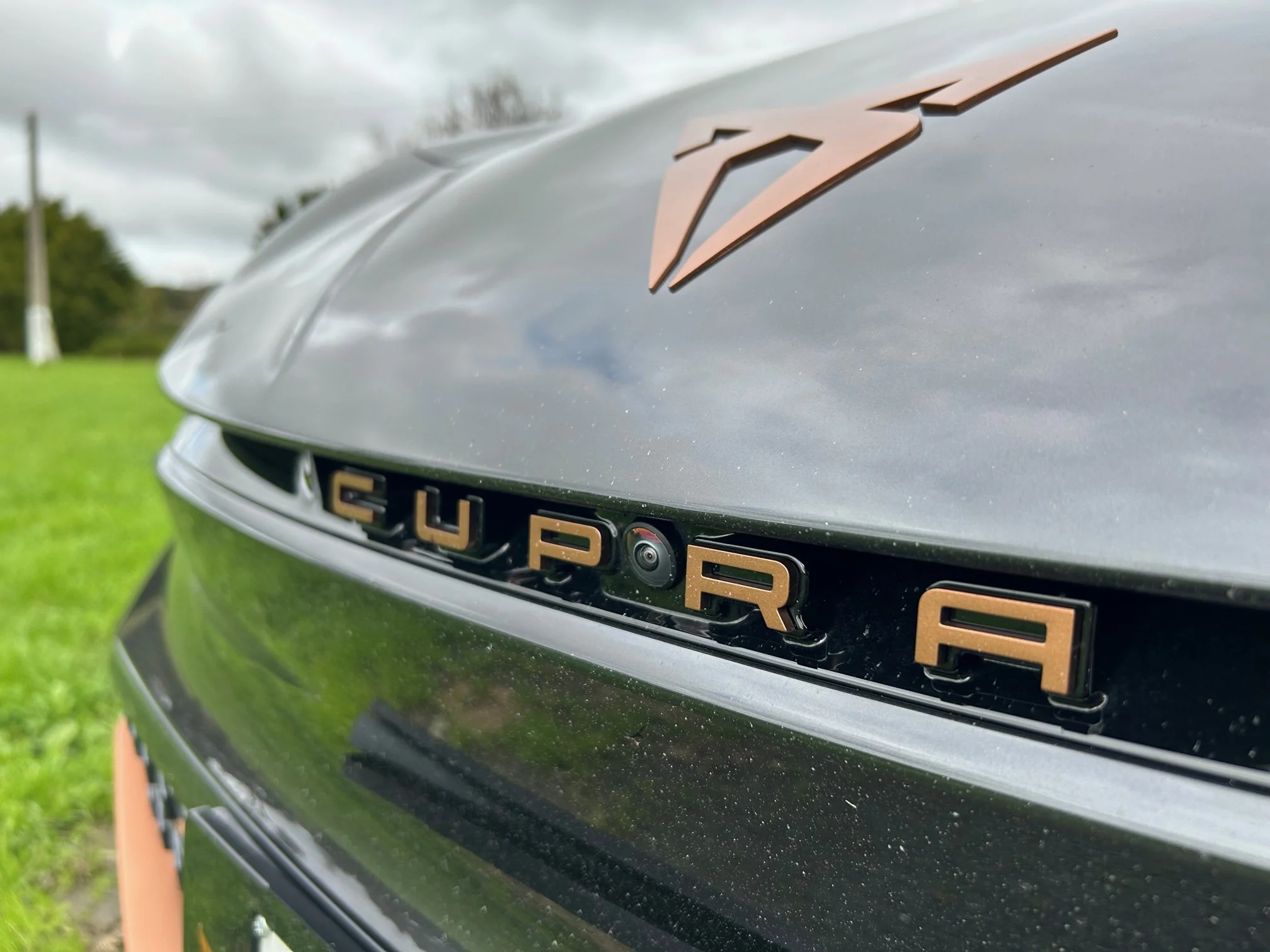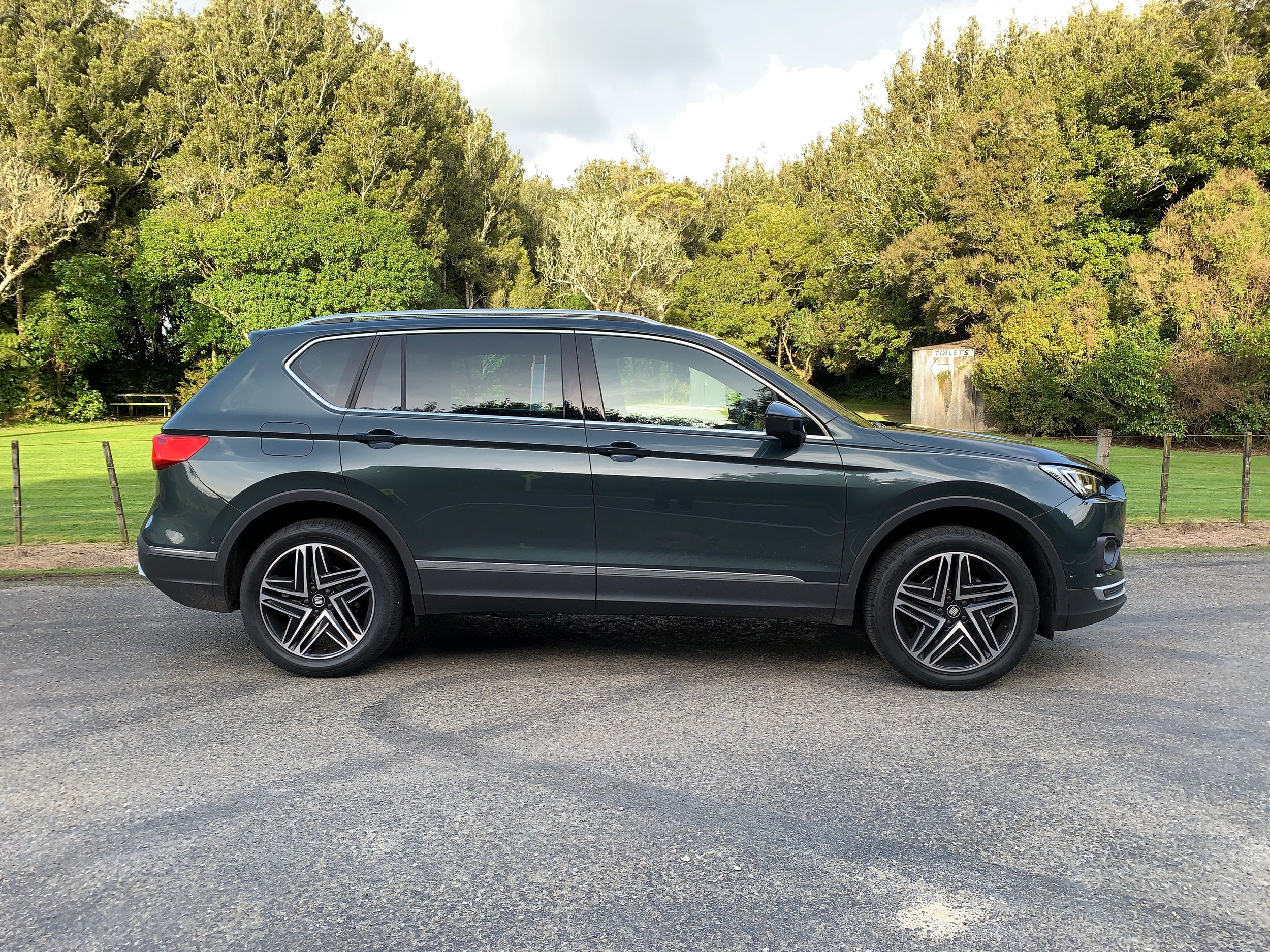SEAT succumbs to Cupra
/What started as a performance insignia has grown into a monster - which has just deposed its parent here.
AFTER five years in which fewer than 1000 sales were accrued, Volkswagen Group’s original Spanish choice, SEAT, is saying adios to this market - having been pushed out by Cupra, a brand Barcelona built up from a badge.
Announcement of the SEAT brand’s retirement, to leave the way purely for the one-time subordinate marque, has just been confirmed - but only with that mission already accomplished. SEAT stock is all but exhausted.
The country’s six SEAT outlets are hardly left empty-handed.
Cupra, which grew out of being a badge designating sportiness to become a standalone marque, is going strong in New Zealand, accounting for a five-to-one sales rate over the parent last year.
James Yates, general manager of SEAT and Cupra here, says New Zealand is among the first markets to divest SEAT, whose most popular private sale model over the past two years has been the Tarraco.
That car has no equal in the Cupra family; so taking out SEAT means losing the sole seven-seater, below, from the Iberian operation.
SEAT’s long-term fortune with VW has been the subject of much speculation, with recent reports subsequent to a recent conference in Spain suggesting it will cease making cars, and re-introduce as a mobility brand.
SEAT came here in 2018 to complete the count of VW family makes held by the Giltrap Group and initially focused on value cars, built from the same box of bits as VW models, including the German brand’s ubiquitous MQB platform and range of engines.
Seat used to badge its performance models as ‘Cupras’.
But in the same year SEAT landed locally, headquarters in Barcelona split Cupra off as a separate brand.
Initially, it only offered hot petrol versions of SEAT models. However, by 2020 Cupra had its own car - the Formentor - which has done well with Kiwis.
More recently, VW decided Cupra should also be its electric car brand, again with a focus on performance and styling.
It’s about to begin that role in earnest here, with the wholly battery-wed Born - effectively a raced up version of the VW ID.3 hatch, which won’t be sold here by VW NZ until a facelift edition lands, probably in late 2024.
The Born (above) started out as a SEAT concept car but had transferred to Cupra ownership by the time it reached production in 2021. It’s basically been around almost as long as ID.3. Accordingly it is to also freshen up with the same enhancements meted the German sister model. Timing for that mid-life tweak is also 2024.
Conceivably, then, the Born as it represents right at this moment might only be here for a year to 18 months, before it is … couldn’t help this one … ‘Born again.’
That might not be injurious as the update could allow Yates to access a variant with a 58kWh battery, as an option to the 77kWh unit availing at the moment, which would be cheaper than the car in current form, which in isolation is already tailored and priced, at $77,990, to find ready acceptance. That sticker is $2000 less than first advised and is expected to hold for a few months, while orders are taken for saleable stock landing in September. In the meantime, two Borns are touring the country to curry up interest.
Two more Cupra electrics are also coming; the Tavascan - out of China - in 2025 and the Raval, a small city-centric hatch, in 2026. In addition, it also has mild and plug-in hybrids. The next of those, due in 2024, is Terramar, a compact SUV. It is set to be the last new car Cupra will build with a combustion engine.
SEAT has been here all this time, with a Leon petrol car in hatch and wagon format - that is set to continue in the Cupra representation it has also delivered in, with appropriate styling changes. SEAT has also sold the Arona and Ateca medium cars.
Yates says SEAT did okay, but admits there was one thing customers never got their heads around: The badge - a stylised ’S’.
“All the way through, people saw that and immediately got confused with Suzuki,” he says.
Cupra cars have increasingly been more to Kiwi tastes and, now its the electric marque, there’s no point continuing with SEAT, which has slowly lost ground even as the combined sales for both increased.
Last year, the distributor sold 100 SEATS … and 400 Cupras.
Although NZ is the first international market to retire SEAT, others are likely to follow. Almost everywhere it sells, Cupra is proving the more popular of the two.
Two months ago, at a meeting to reveal the Raval and also lend detail of the makes’ financial performance, VW said that since it came out in 2018, Cupra has sold more than 300,000 cars, exceeding all expectations.
In 2022, the brand reached $NZ7.8 billion in turnover, 40 percent of SEAT's total, becoming one of the fastest growing brands in Europe and Spain.
This year's figures are also positive, with 46,600 units sold during the first quarter of 2023, 83 percent more than in the same period in 2022.




















